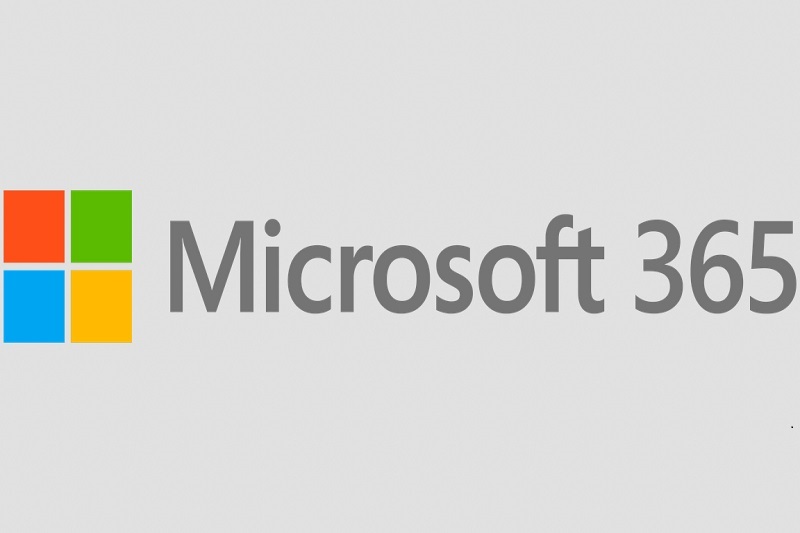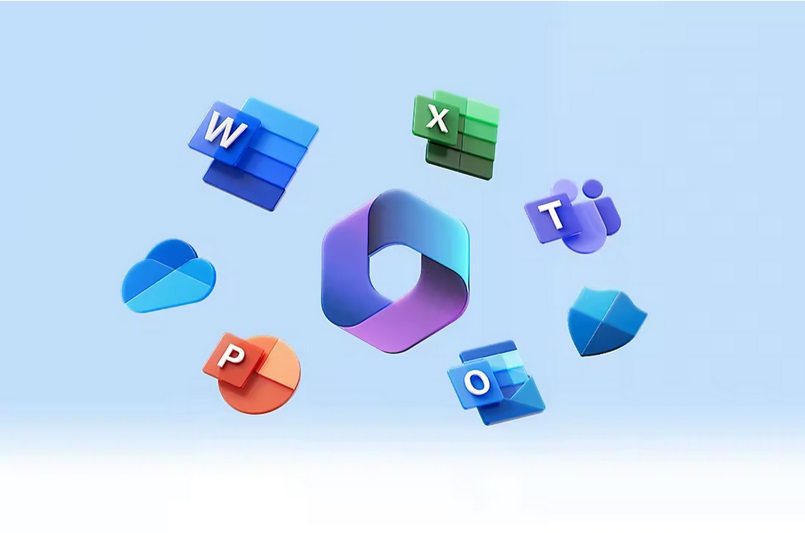
Over 500 hacking groups are exploiting the W3LL Phishing Kit, putting thousands of Microsoft 365 Accounts at risk. Learn how the W3LL phishing kit threatens your online security and ways to protect against it.
Microsoft 365 Accounts at Risk
As technology advances, so do the methods hackers use to exploit it. Notably, a multitude of hacking groups are deploying the W3LL phishing kit to target corporate Microsoft 365 accounts. This disturbing trend has been thoroughly examined by cybersecurity giants, Group-IB, in a recent report.
Contents
The W3LL Phishing Kit
W3LL hasn’t always been the sophisticated tool it is today. Since its humble beginnings in 2017, steady improvements have transformed it into a weapon of choice for over 500 hacking groups. To date, it has been instrumental in an alarming 850 phishing campaigns.
Key Tools Used
An assortment of tools is crucial to the success of these cyberattacks. SMTP senders like PunnySender and W3LL Sender are common. To deploy malicious links effectively, W3LL Redirect does the job. Additionally, the OKELO vulnerability scanner, CONTOOL account discovery utility, and the LOMPAT email validator are components of the intricate W3LL phishing kit.

Scope of Attacks
Stealing Microsoft 365 login credentials is the primary goal of the attacks. Shockingly, over 56,000 Microsoft 365 accounts have been targeted with approximately 8,000 accounts compromised. The resultant severe financial losses and potential theft of millions of files from endpoints demonstrate the scale and severity of this issue.
Advanced Features of W3LL
What adds to W3LL’s appeal? This question can be answered by the powerful W3LL Panel, often dubbed one of the most advanced phishing kits. Boasting adversary-in-the-middle functionality, API integration, source code protection, and unique capabilities, it is undeniably potent.
Phishing’s Popularity and Effectiveness
Why is phishing so prevalent? It’s a classic case of cost-effectiveness and convenience. Numerous phishing attacks are automated and widely disseminated via email. The ubiquitousness of email amplifies the threat level of phishing attacks. In fact, most cyberattacks today start with insidious email attachments or links.
Conclusion
The W3LL phishing kit’s extensive use by various threat actor groups represents a monumental threat to Microsoft 365 accounts. So, what can businesses do about it? Organizations are encouraged to maintain vigilance and allocate resources to powerful email security measures to defend against such attacks.



